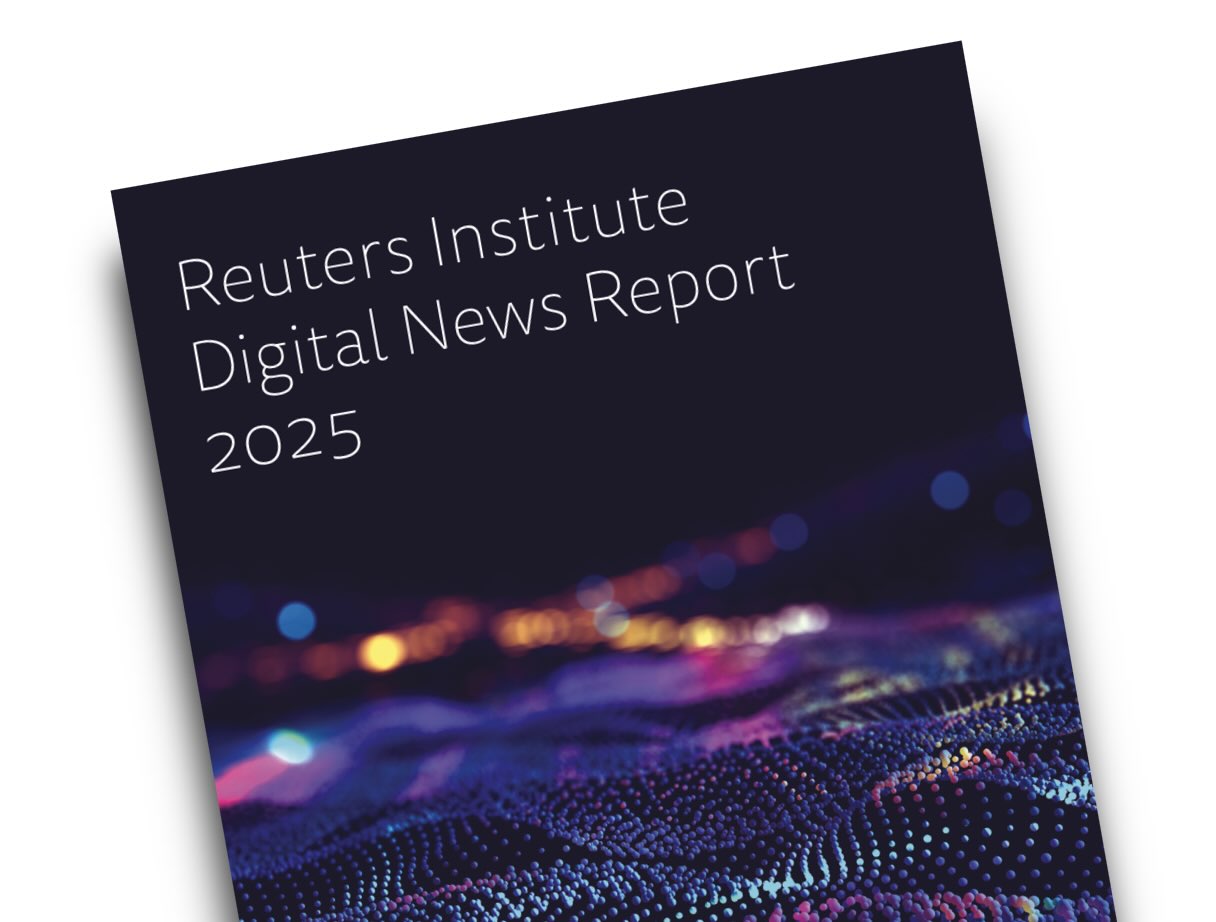Digital Media Struggles to Engage Audiences
In a world where information is essential, the media landscape is experiencing an alarming disconnect. According to the 2025 Digital News Report, traditional news outlets are grappling with declining public engagement and trust. As they pivot towards subscription models, many are left questioning whether this approach truly serves the public interest. The Financial Times, for instance, has recently raised its subscription rates by 20%, pushing the cost to €69 per month for full digital access. This price hike comes at a time when trust in traditional journalism is at an all-time low, raising critical questions about the sustainability of such business models.
Subscription Models Favor Wealthy Elites
The shift towards subscription-based news access is not merely a business strategy—it represents a profound transformation that threatens to alienate a large portion of the population. The increasing cost of quality journalism effectively creates a paywall that restricts access to those who can afford it. As reported by Statista, the trend in Europe indicates a growing consumer preference for premium content, further entrenching economic divides. This raises the issue of who gets to participate in the democratic discourse.

The Digital News Report 2025 was published on Tuesday 17 June ...
Impact on Journalistic Integrity
With declining revenues and increased pressure to monetize content, news organizations may inadvertently compromise their journalistic integrity. The focus shifts from reporting the truth to generating profit, leading to sensationalism and a lack of accountability. According to a 2018 report, the evolution of media practices has often prioritized engagement metrics over ethical journalism standards, resulting in a less informed public.
Consequences for Marginalized Voices
The implications of this shift are grave, particularly for marginalized communities who rely on journalism to amplify their voices. As mainstream media outlets become increasingly beholden to affluent subscribers, the stories of those who live on the socio-economic margins risk being sidelined. The Statista data highlights how this trend can reinforce existing inequalities, as those without the means to subscribe are left without access to critical information that affects their lives.

INMA: The future of news subscriptions offers room to grow
Call for Sustainable Journalism
As we navigate this new digital landscape, there is a pressing need for innovative solutions that prioritize access and equity in journalism. Public funding and community-based initiatives could provide alternative models that allow for quality reporting without the heavy price tag. The recent hike in subscription fees serves as a stark reminder that journalism’s future cannot be left solely to market forces. As reported by Statista, the sustainability of journalism is fundamentally linked to its ability to serve the public good, rather than just the interests of the wealthy few.








![[Video] Trump clarifies warning on Venezuelan airspace, denies imminent airstrike](/_next/image?url=%2Fapi%2Fimage%2Fthumbnails%2Fthumbnail-1764541870318-vgpub6-thumbnail.jpg&w=3840&q=75)